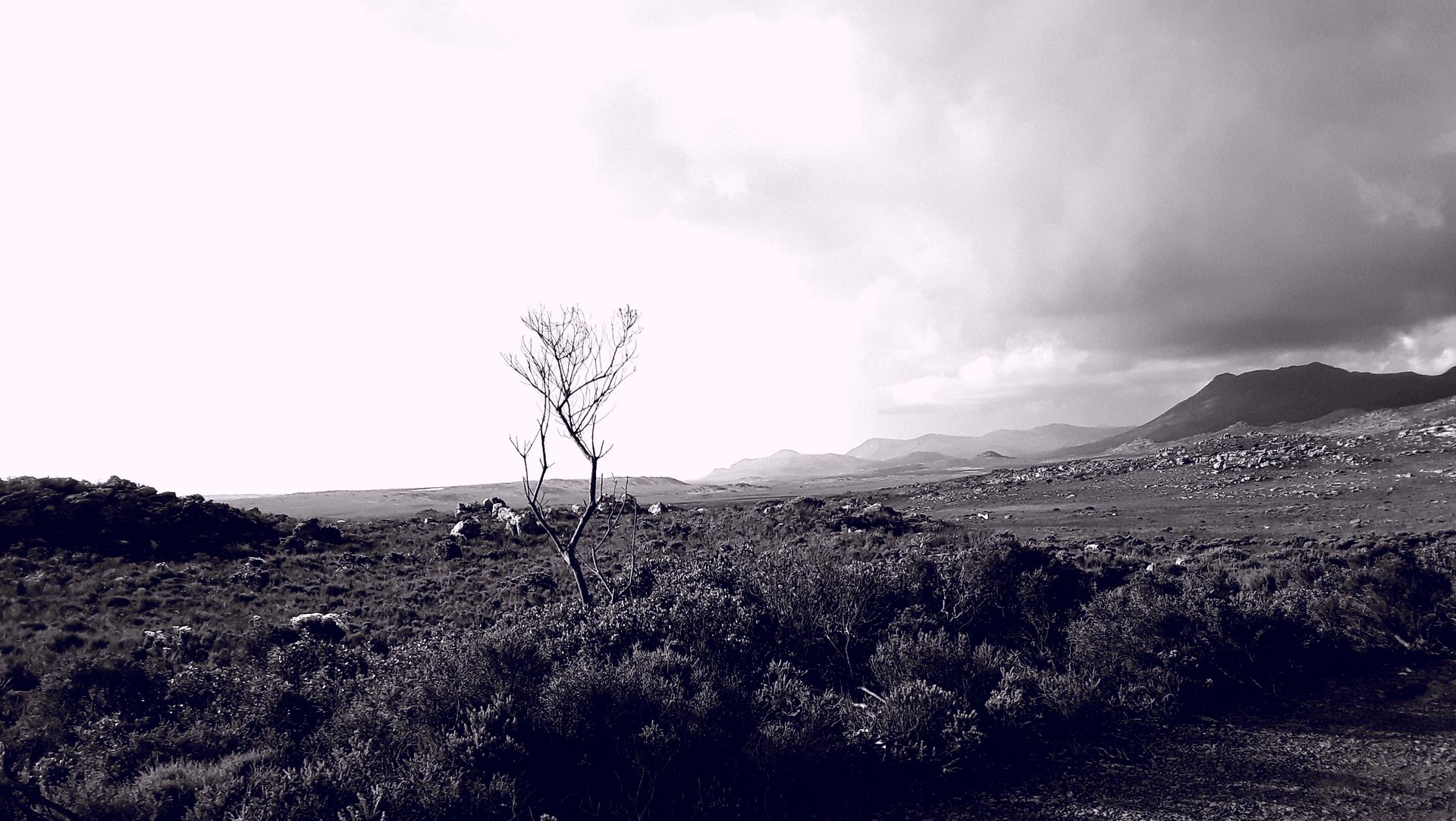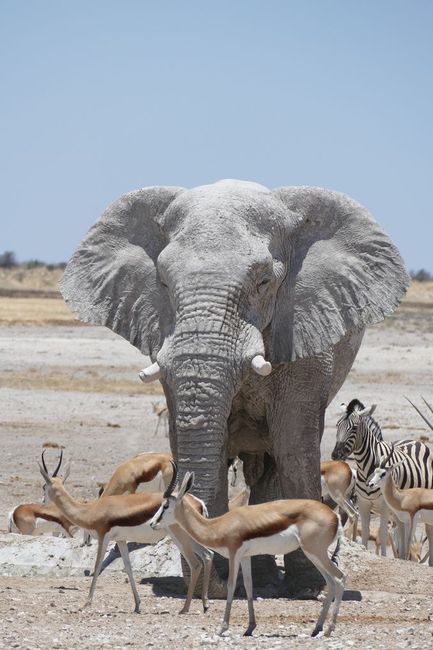
mit-dem-dubs-zu-neuen-ufern
vakantio.de/mit-dem-dubs-zu-neuen-ufern
Kalahari Transfrontier Park
प्रकाशित: 29.10.2018
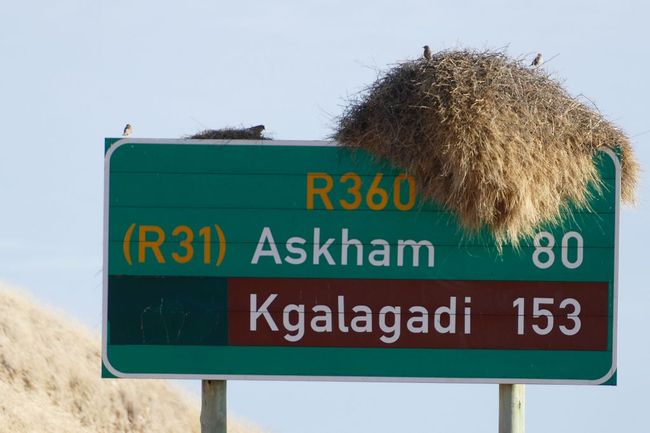
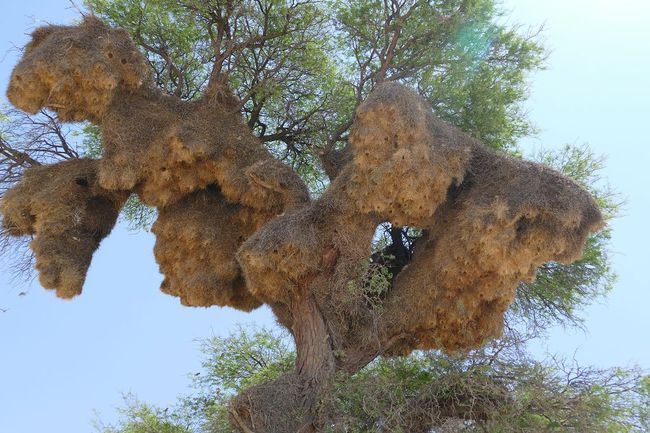
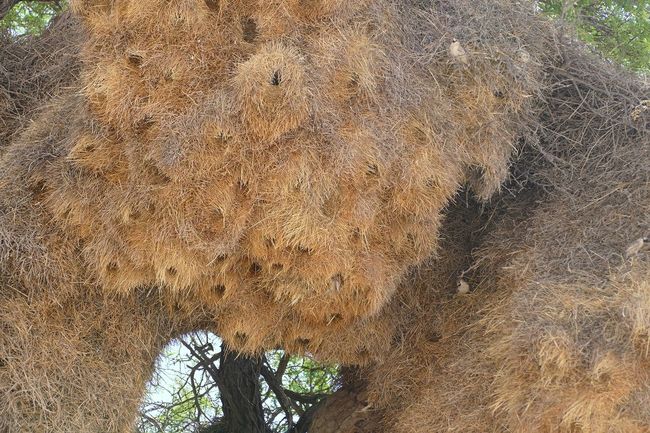
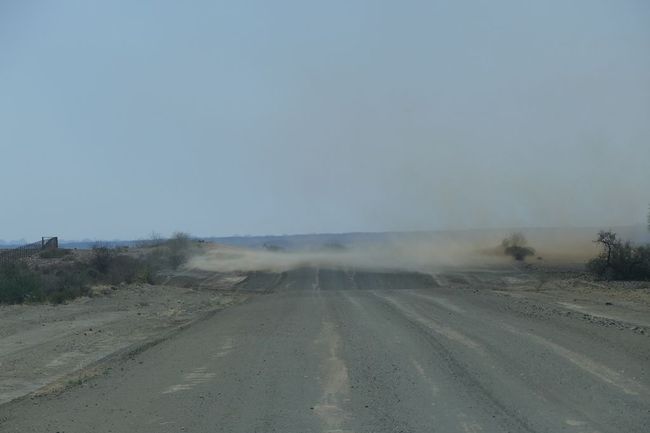
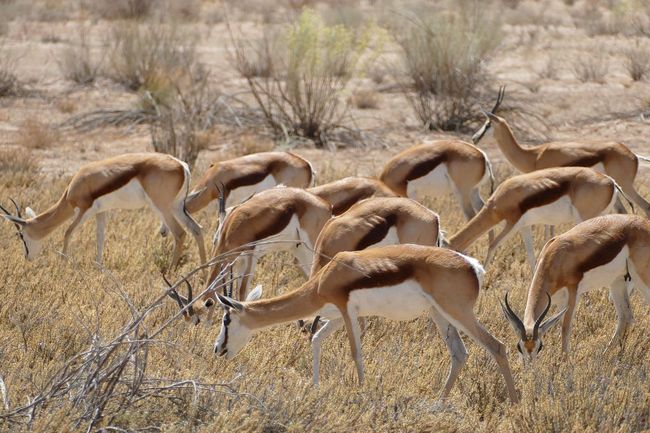
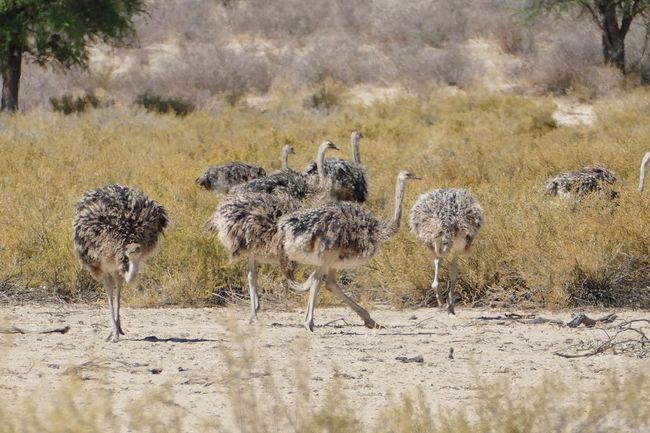
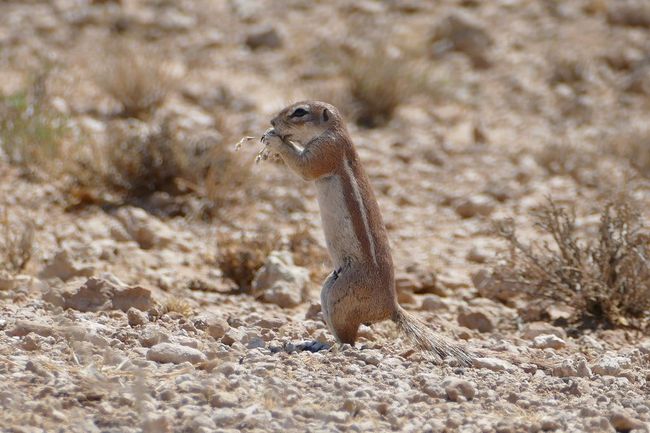
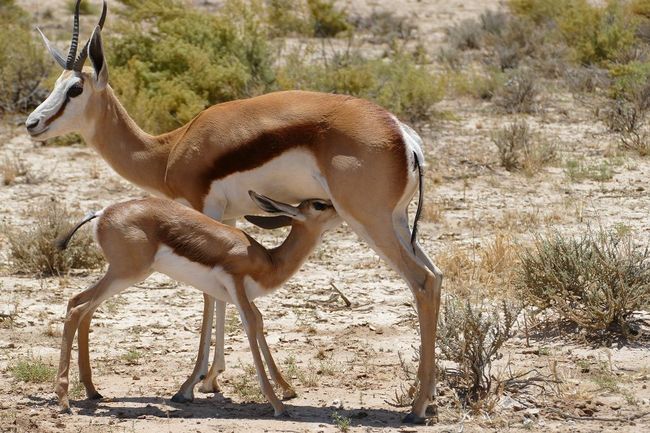
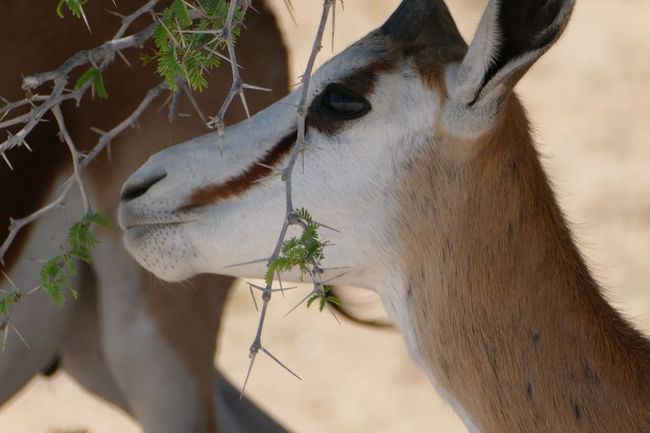
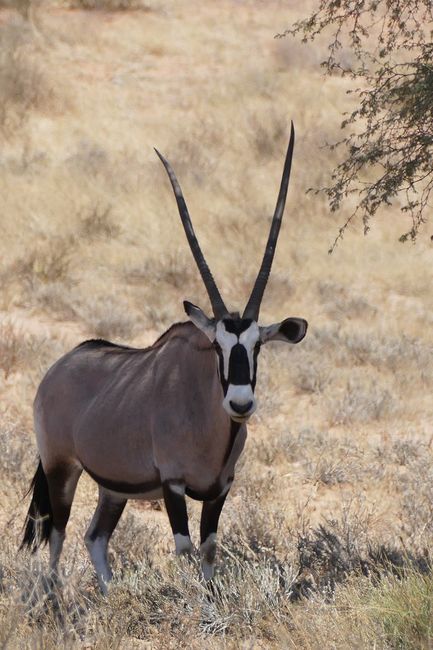
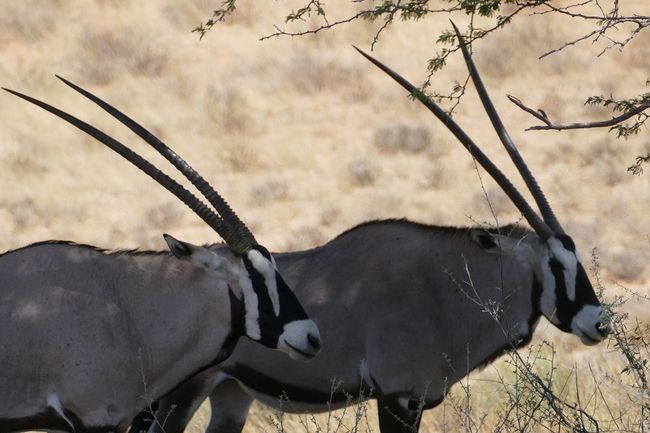
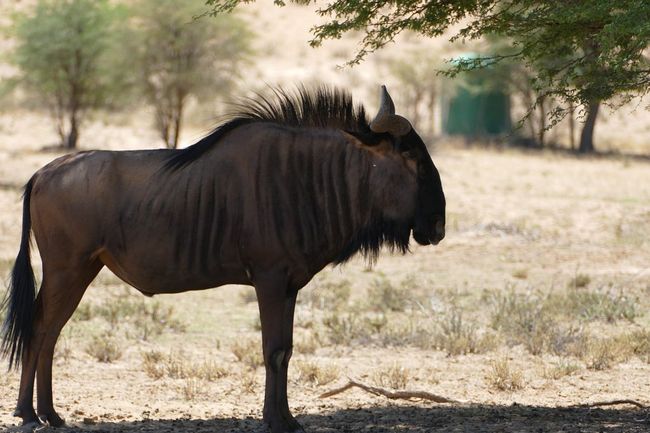
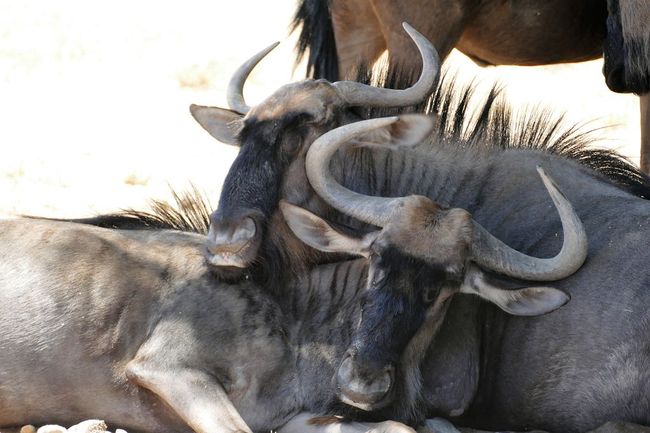
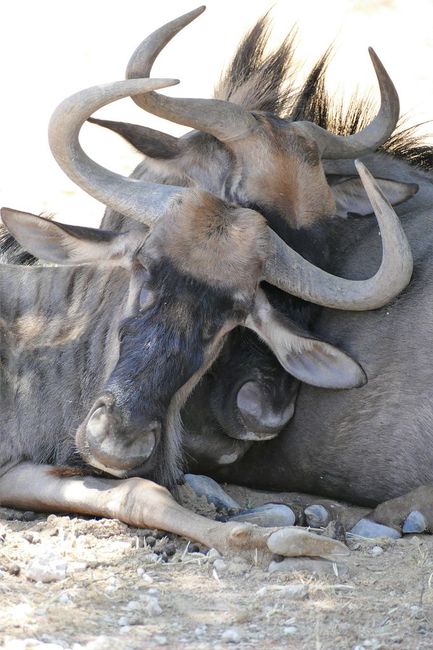
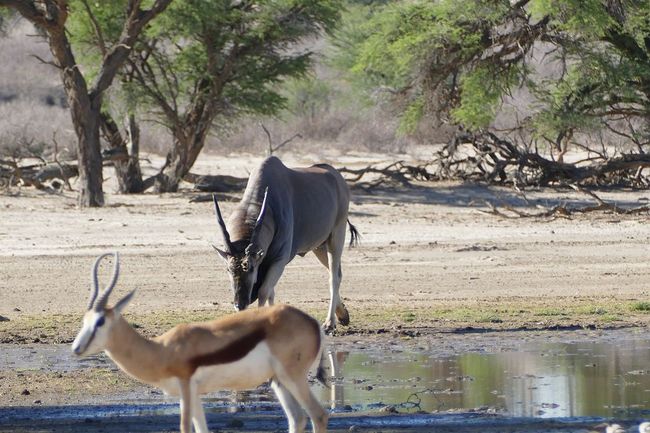
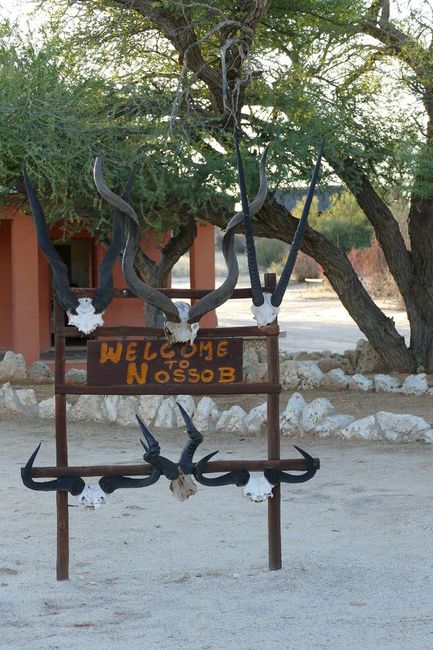
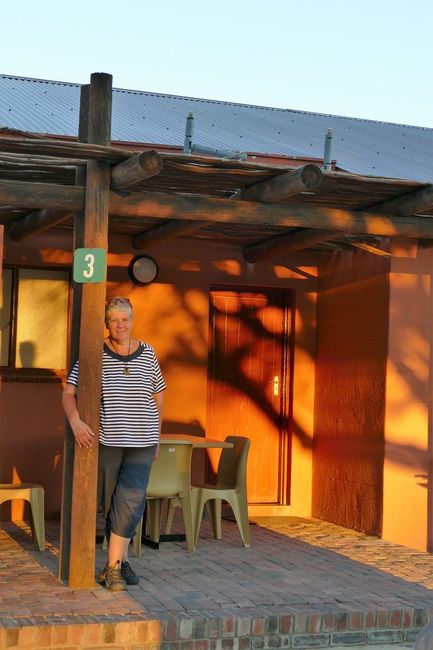
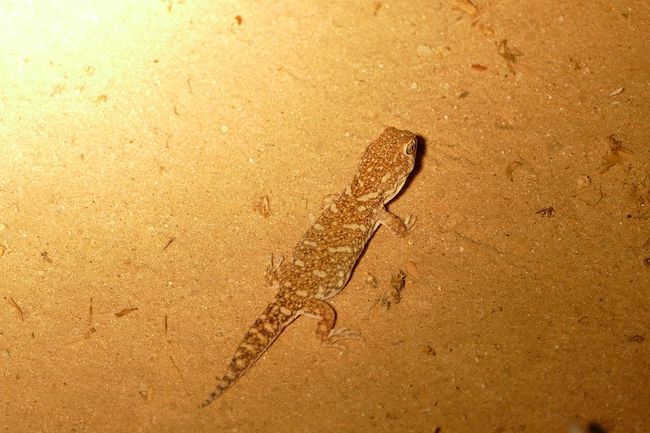
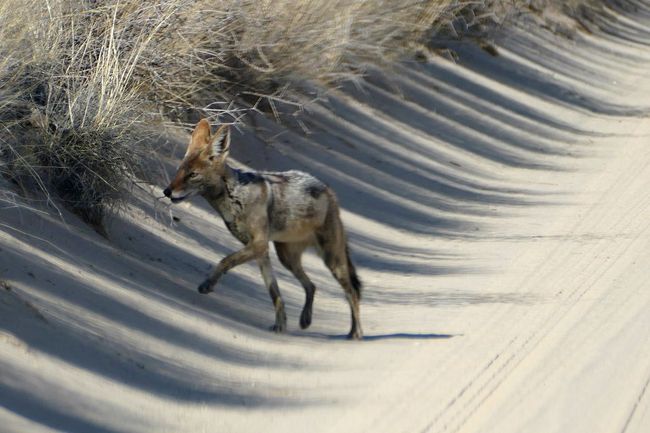
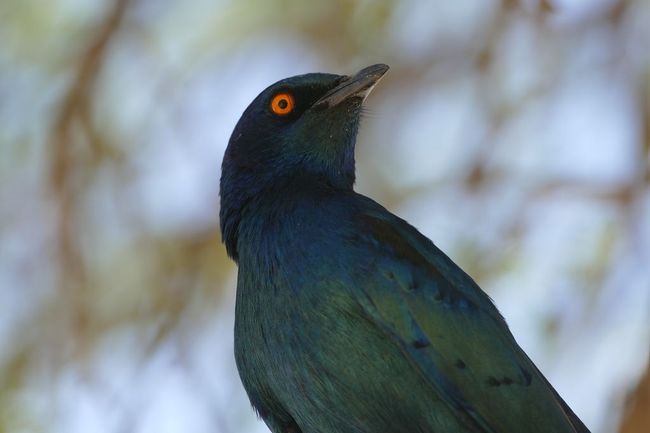
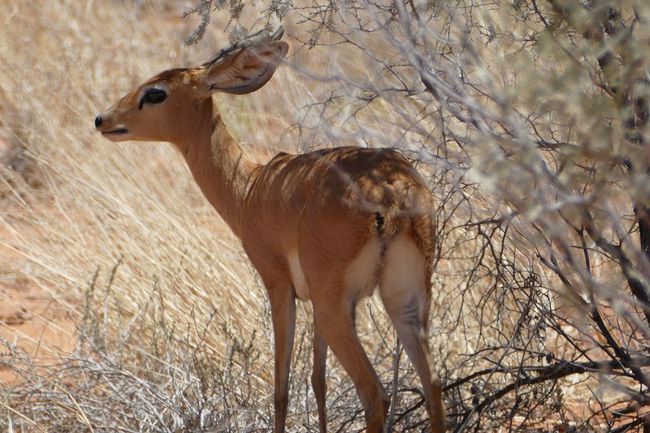
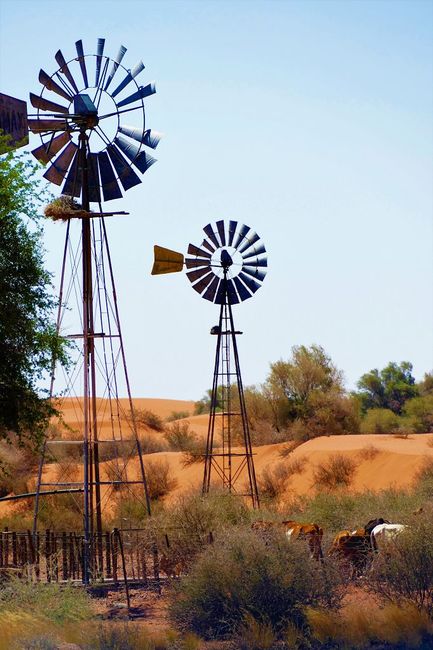
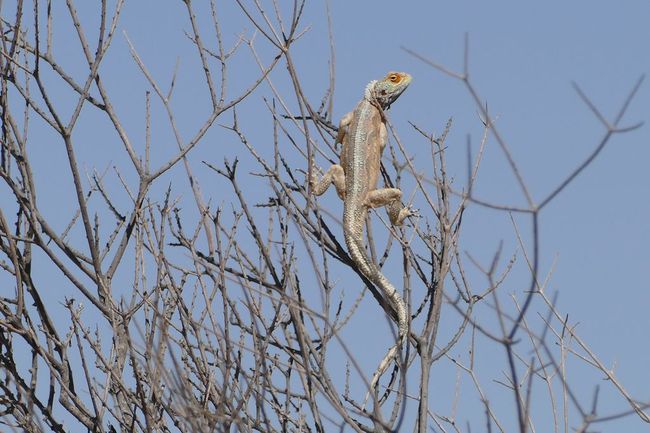
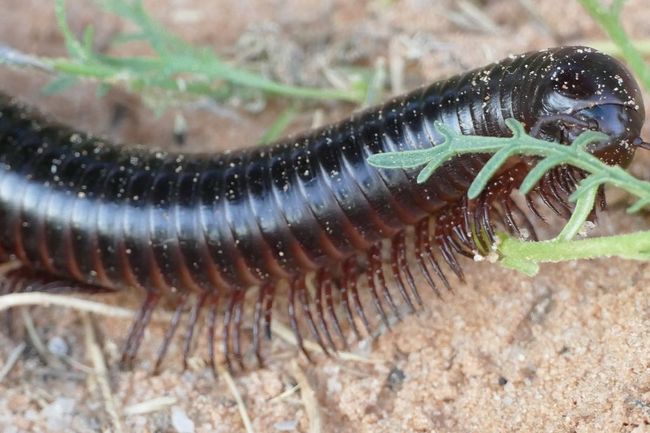
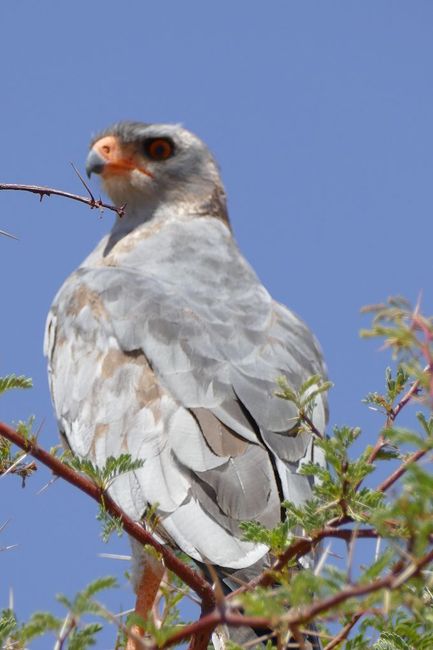
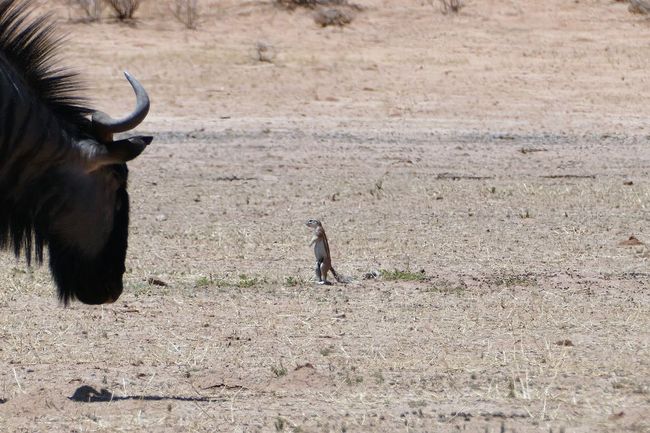
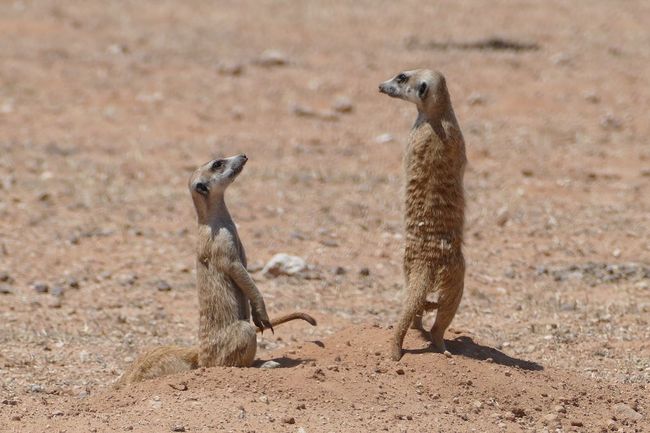
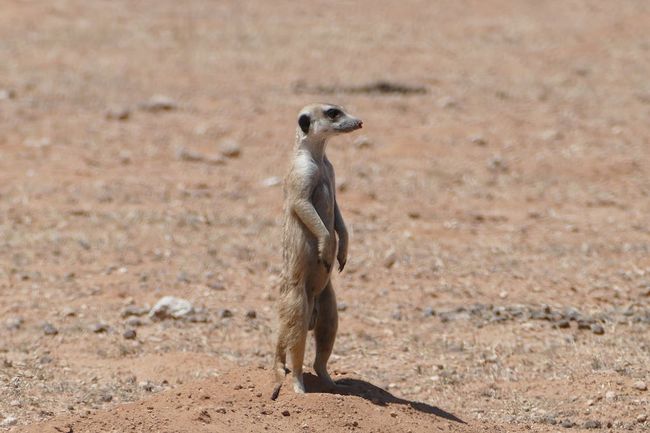
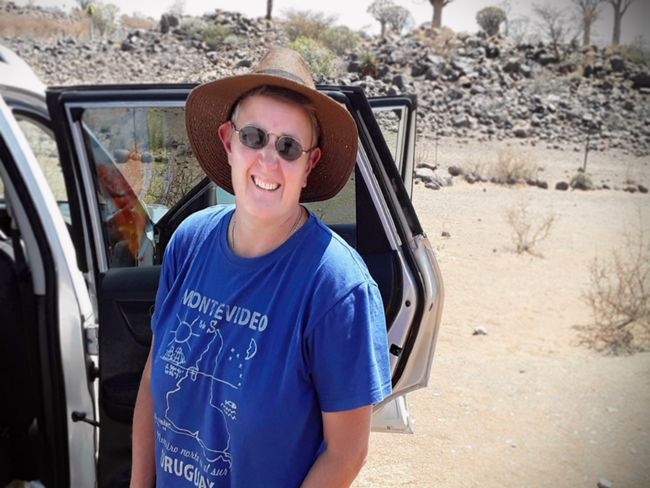
समाचारपत्रको सदस्यता लिनुहोस्
Now we're heading to the Kgalagadi, the "great wide", probably called Kalahari by us due to a transmission error. This desert, stretching across South Africa, Namibia, and Botswana, is the largest continuous sand area on Earth, covering more than 1 million square kilometers. Here in South Africa, the Kalahari appears less like a desert and more like a savannah-like semi-desert with lots of rocks, dry shrubs, and surprisingly many trees. We decide to drive to the "Kgalagadi Transfrontier Park" and luckily manage to get a simple hut in Nossob Camp, one of the government camps in this park. It takes about 4 hours to drive the dusty 160-kilometer sandy track from the park entrance to the camp.
We get up at 5 o'clock, leave Upington at 6 o'clock, and actually arrive at the park entrance at half past 9. First, we have to deal with the bureaucracy here. Every visitor needs a permit in which all data is entered, and we have to sign that we enter the park at our own risk. If the lion eats us, no liability is assumed. We have to hand in this permit when we arrive at the camp, so that the staff knows that we're okay. Today it's quite cloudy, but therefore not so blazing hot. At cool 30 degrees, we set off to the Nossob Camp and already see lots of animals on the way. Springboks, wildebeests, and the impressive Oryx antelopes. The animals aren't too hot today either, so they take herd trips and make the 160 kilometers of sandy track an exciting experience for us. When we arrive at the camp, we check in, hand in our permit, and move into our simple hut. Not fancy, but the beds are clean and there's a refrigerator and an air conditioner. Besides the huts, there's also a large campsite, mostly occupied by South Africans with campers or luxury roof tents. We sit on our small terrace on broken plastic chairs, eating sandwiches and apple juice, and envy the campers with their obligatory Braai fires. The South Africans are also a people of meat grilling, and just like the Argentinians have their Asado, the South African has his Braai. We already miss our Dubs a lot. So that we don't look longingly at the campers all evening and because we really want to see the famous Kalahari lions, we book a night safari. It starts at half past 9 and we're the only guests. The camp only has a huge open safari truck with more than 40 seats, and we bounce around with Johan, our safari guide, through the night. We sit close behind him and each have a spotlight in hand to shine into the darkness. This way, we can spot distant animals by the sparkle of their eyes. We see the African wildcat, a few jackals, many funny spring hares and ground squirrels. Johan even spots a gecko, and we finally find out who is responsible for the loud clicking noises we often hear at night. Johan is really nice and seems to enjoy this private tour just as much as we do. He gives his all, even detours to far away waterholes, but the lion seems to be sleeping tonight. Doesn't matter. The night safari was huge fun, and we still have many parks ahead of us.
We could only book one night at the camp, so we set off again at 6 o'clock the next morning. Morning stalk. The whole camp sets off at the same time, and for an hour, we feel a bit like in morning rush hour on the A3. But from the third waterhole onwards, it thins out and we again feel alone in the desert. Johan recommended a different route to the park exit, as apparently, it offers the best opportunity for animal observation. So we set off, but the large herds from the previous day seem to have vanished, and the lions don't do us the favor of crossing our path. But at least a jackal does, and just so we don't leave disappointed, we also get to see an adorable meerkat family. We safely return at the exit, hand in our permit, and set off for Askham.
Askham is the last village before the border to Namibia, where we found another place to stay overnight. The place is a dusty collection of houses and two! gas stations where you can buy everything a farmer needs, especially animal feed and mountains of frozen meat. Does anyone remember the movie "Out of Rosenheim" with Marianne Sägebrecht? The Bagdad Cafe and the wonderful music by Jevetta Steel? That's exactly how we feel here. The Askham Chalets are a bit outside, a small quirky oasis in the middle of the desert. Banna and Aletta are our hosts. The two of them sold everything they had six years ago and moved from the "big city" Upington to the desert. They have created a large garden with many roses and built the four small chalets themselves. Banna even made all the furniture himself, Aletta takes care of the house and garden and keeps the rooms clean. The chalets are small but bright, friendly, clean, and furnished with originality and attention to detail. In the evening, the two of them come to "our" veranda with a beer, and we spend a delightful evening. The guests in the Askham Chalets not only bring some money to the household, but above all, variety and company into the lives of these two dropouts. There's rarely any internet here, no TV at all, and they prefer to keep their distance from the conservative village people. We liked it here, and now we're excited for Namibia.
समाचारपत्रको सदस्यता लिनुहोस्
जवाफ
